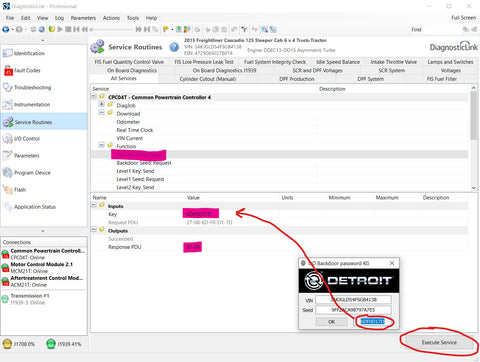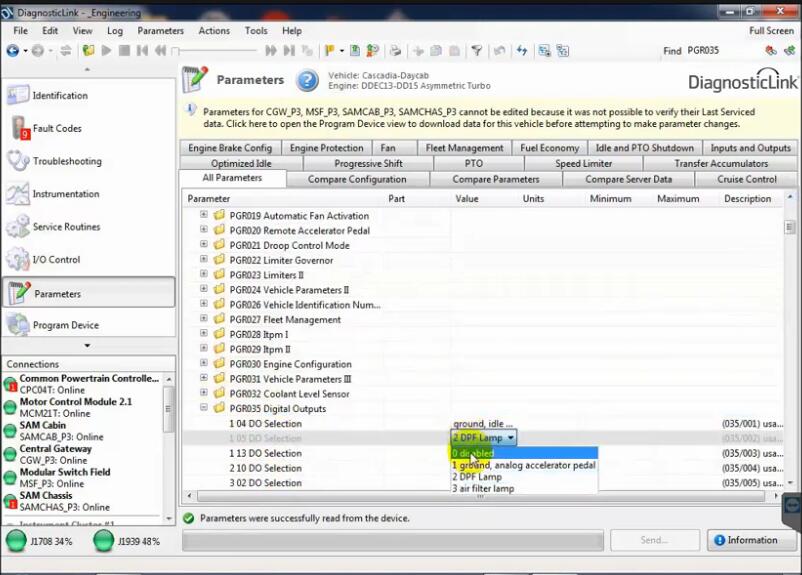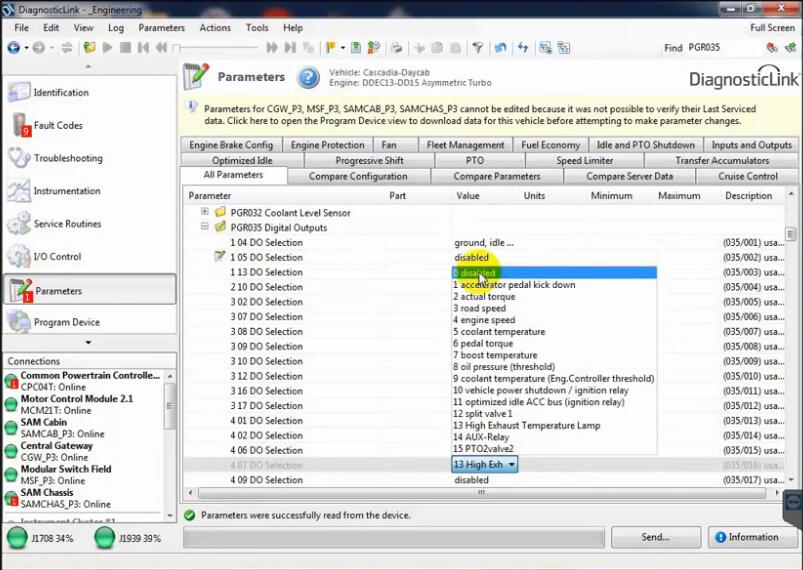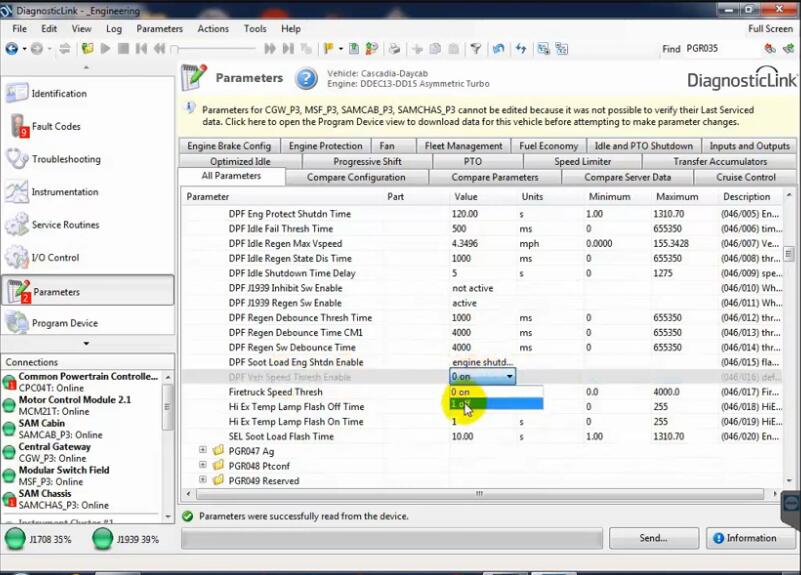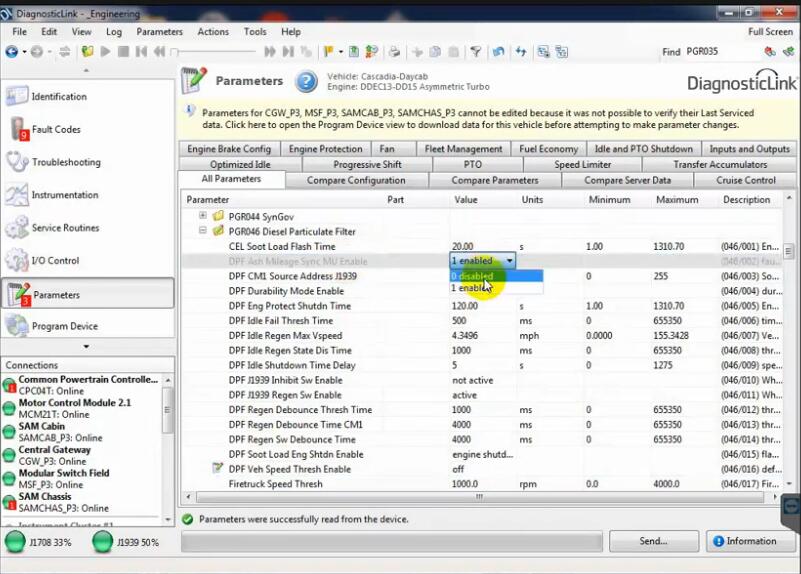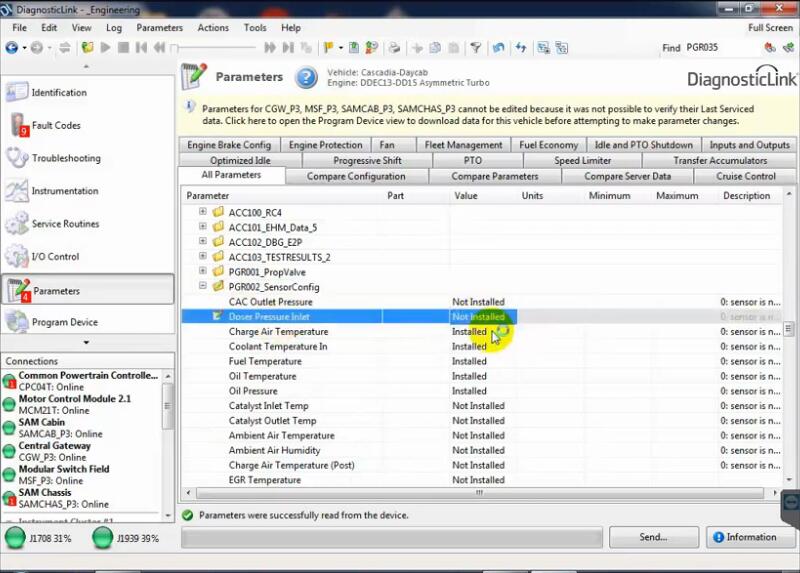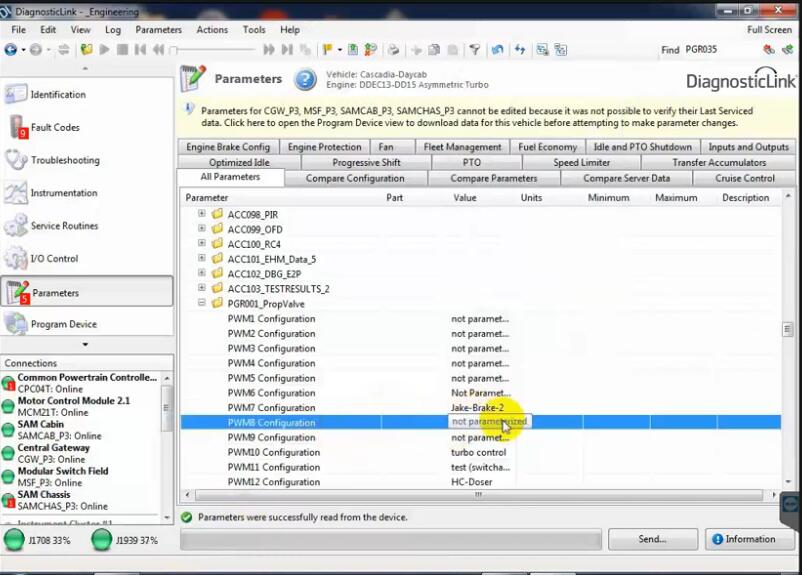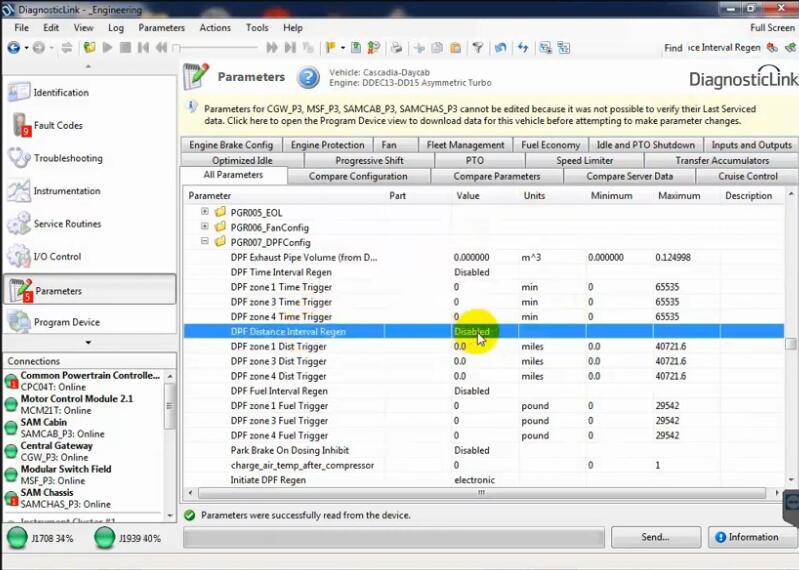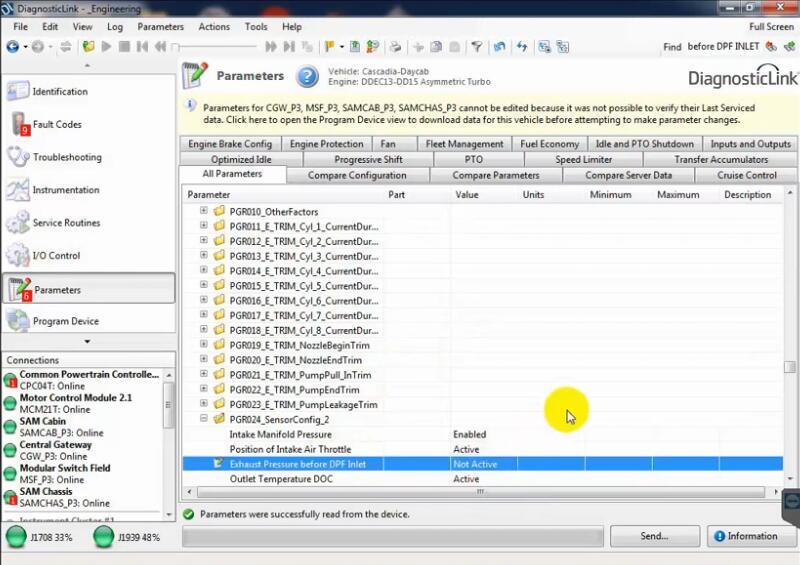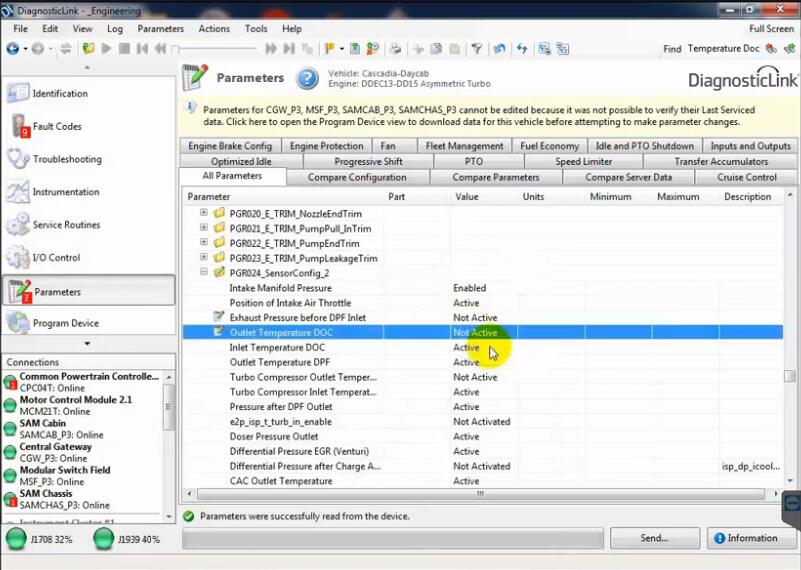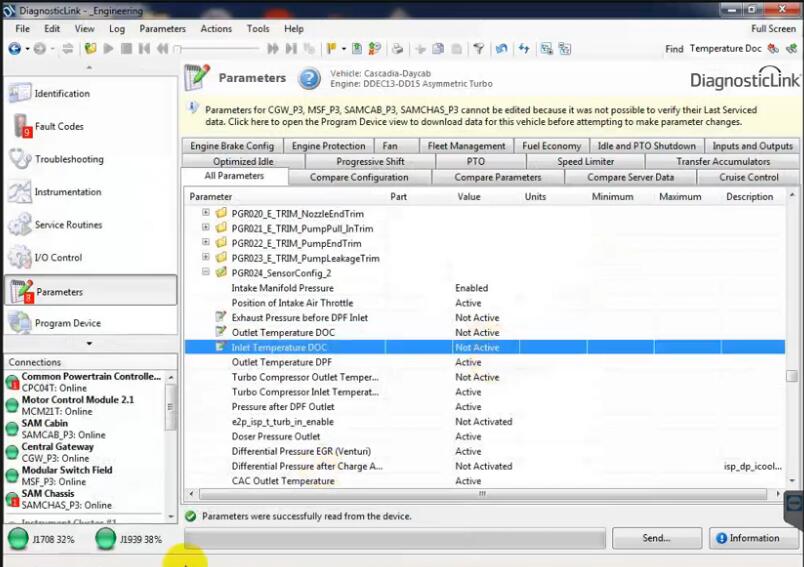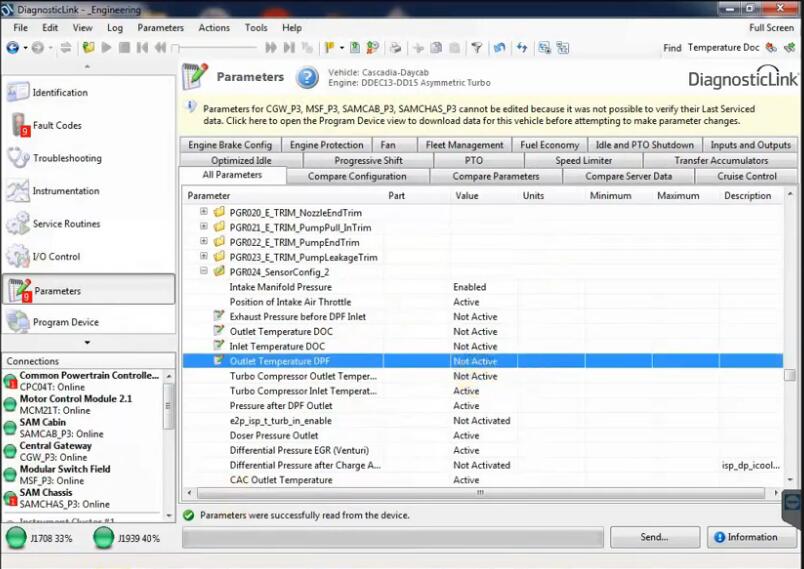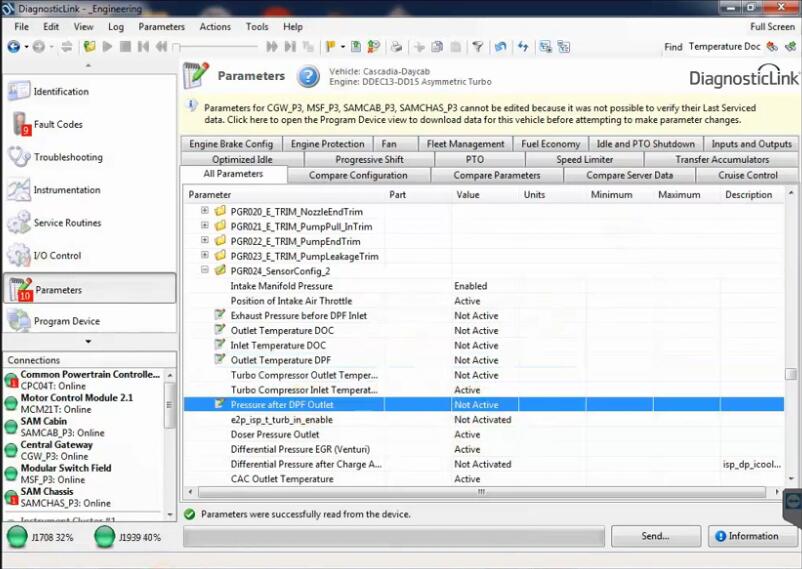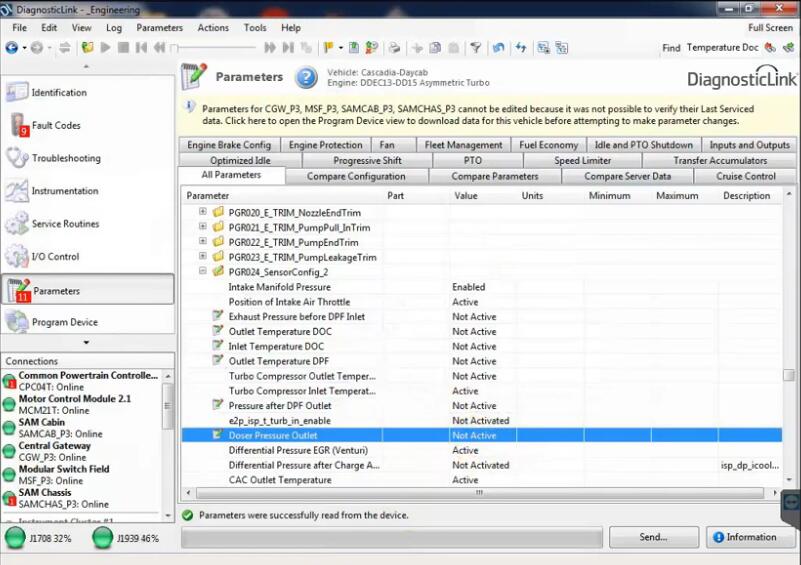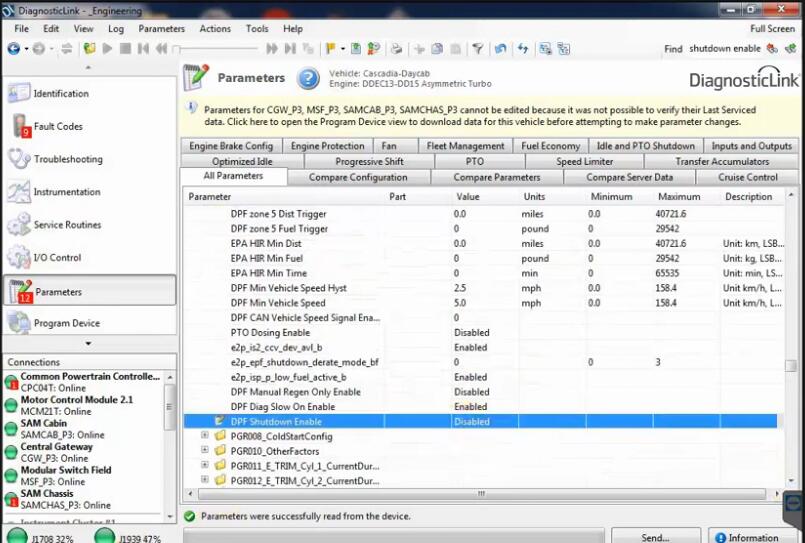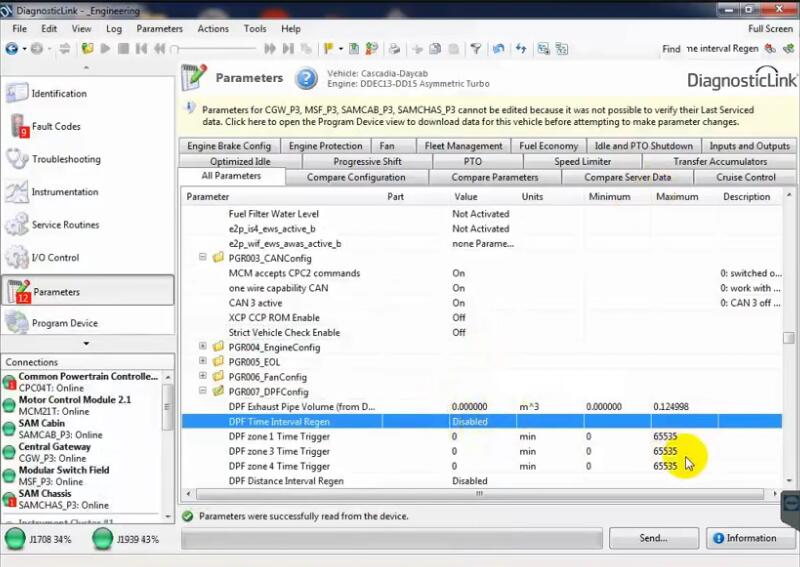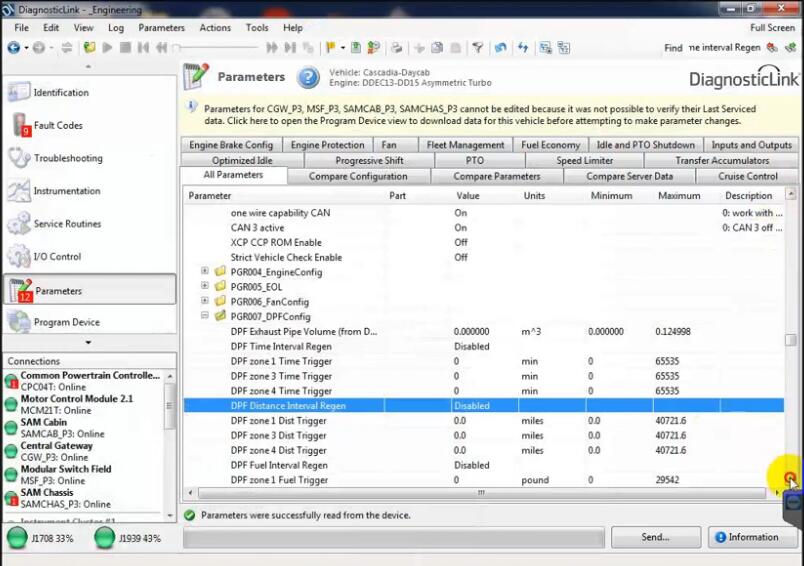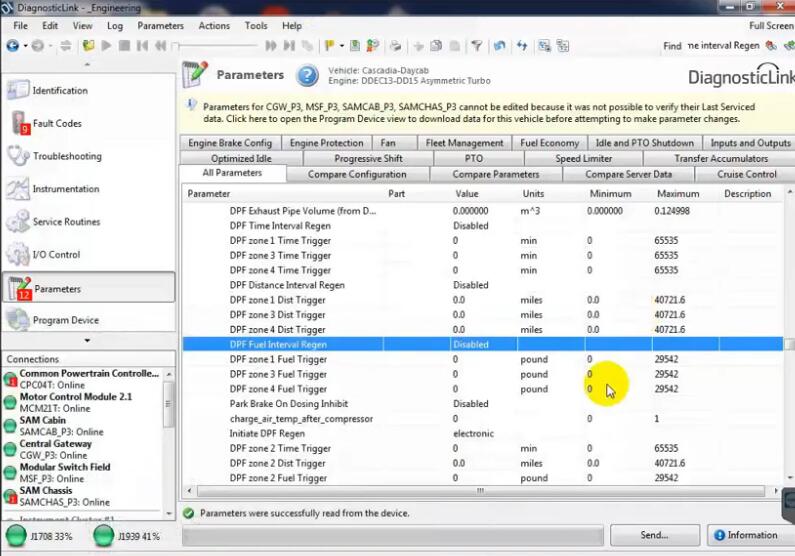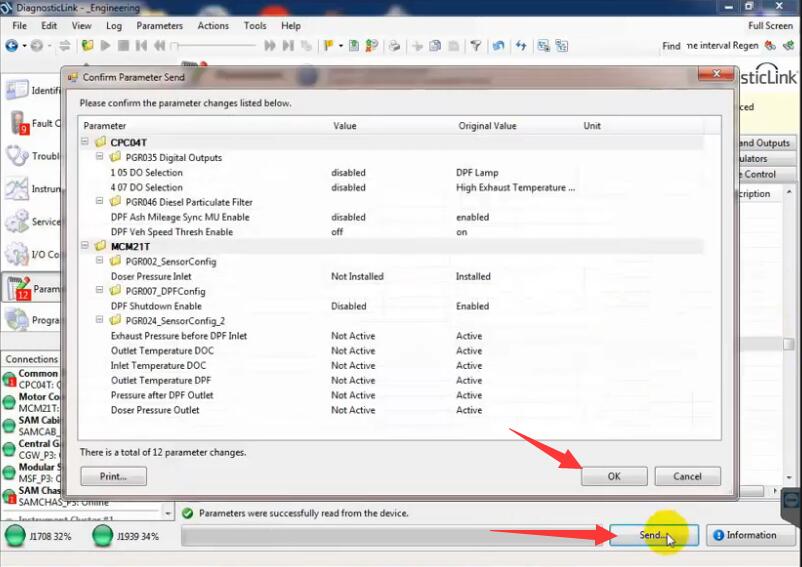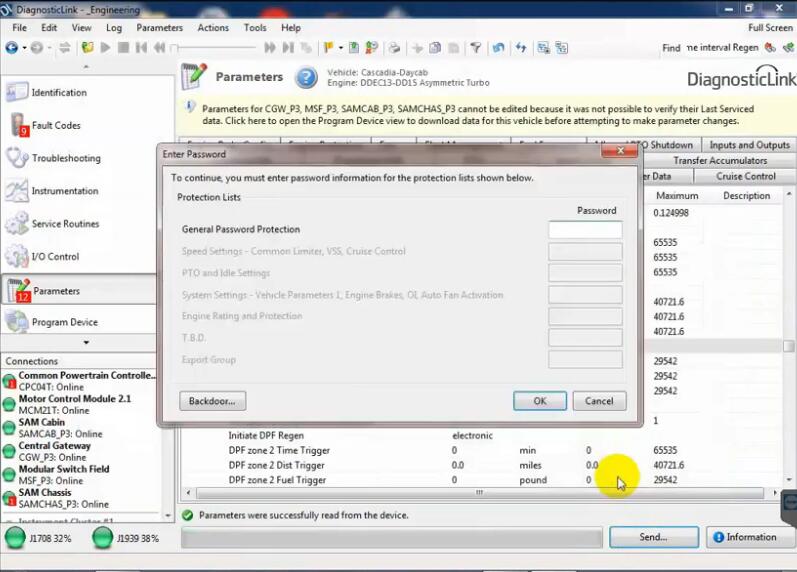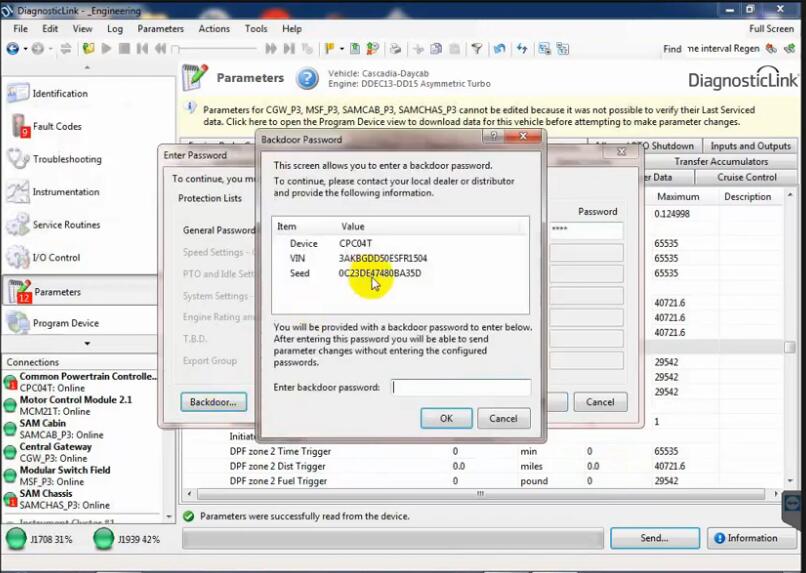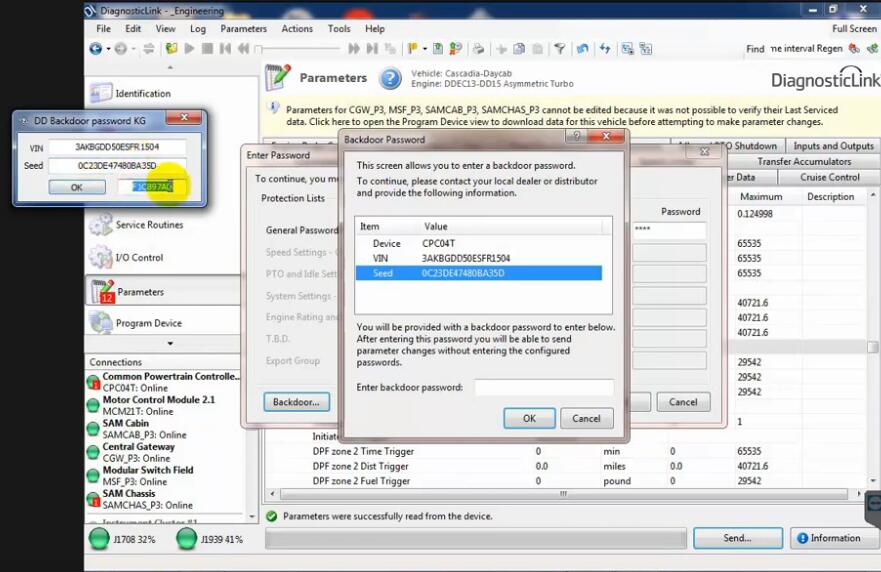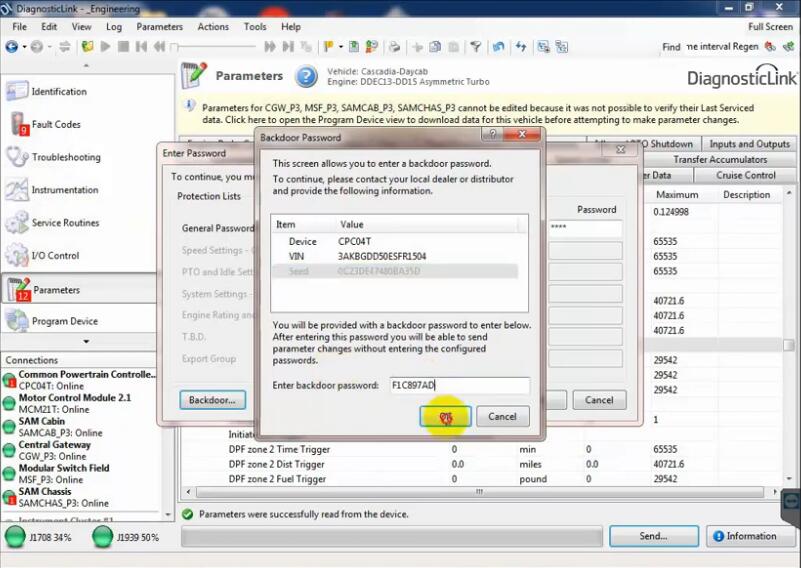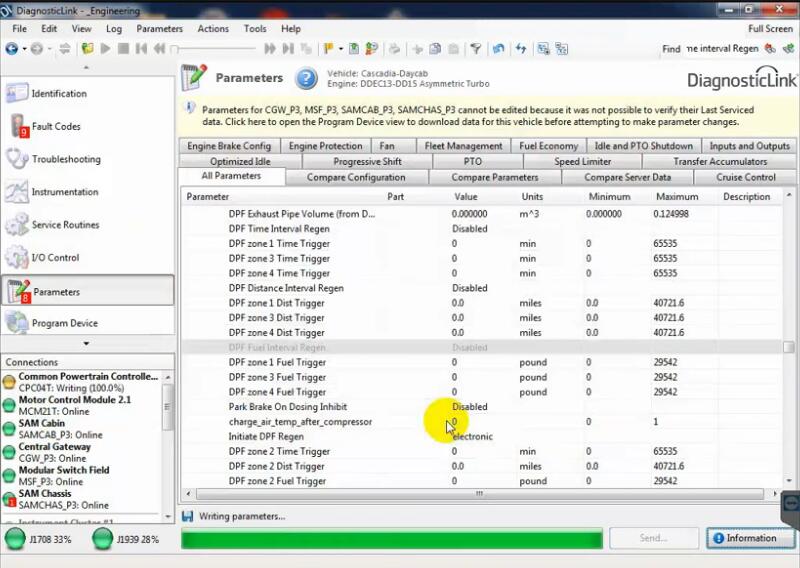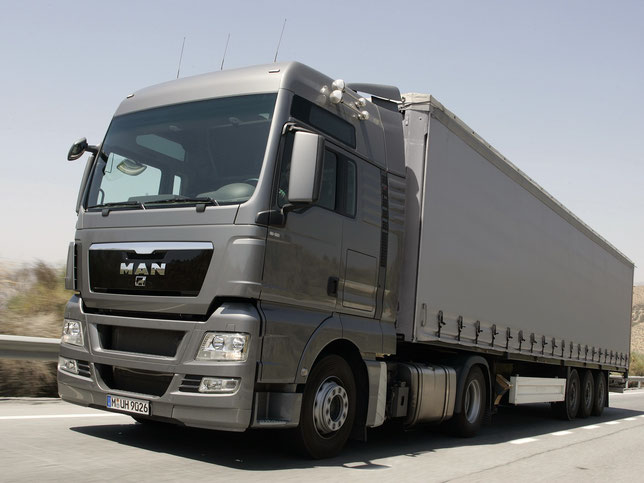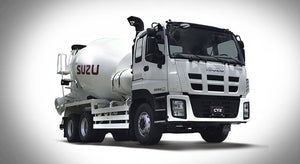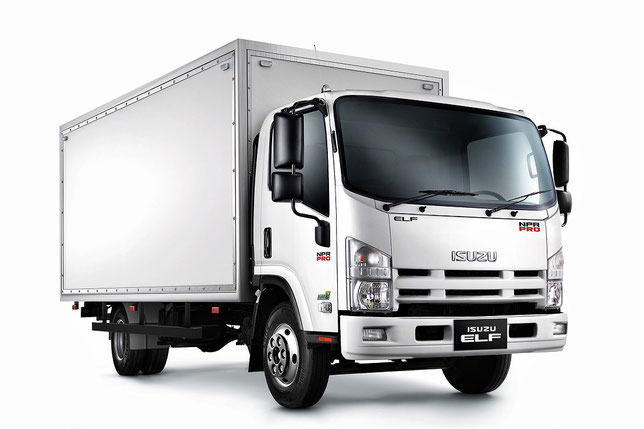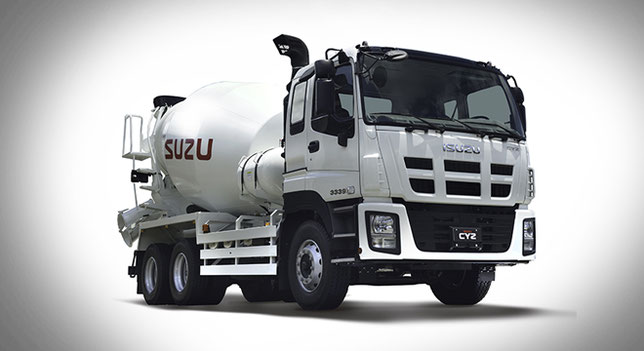What is Wideband Tuning?
What is Wideband Tuning?

🚩1. What is an Oxygen Sensor?
An Oxygen Sensor is one type of sensor and it is available in the exhaust system of an automobile, the size and shape of this sensor look like a spark plug. Based on its arrangement in regard to the catalytic converter this sensor can be arranged before (upstream) or after (downstream) the converter. Most of the automobiles which are designed after 1990 include upstream and downstream O2 Sensors. The oxygen sensors used in automobiles, one sensor is arranged in front of the catalytic converter and one is arranged in every exhaust manifold of the automobile. But, the maximum number of these sensors in a car mainly depends on the engine, model and year but, most of the vehicles have 4-sensors.
🚩2. Function of an Oxygen Sensor:
The oxygen (O2) sensor senses the amount of oxygen in the vehicle’s exhaust, it is usually located in the exhaust pipe. The oxygen sensor reading is used by the Engine Control Unit (ECU) to regulate the amount of Air and Fuel sent to the engine. The oxygen sensor mainly serves two purposes.
It helps maintain the perfect Air/Fuel ratio, thereby preventing the engine from running Lean/Rich; It also reduces the exhaust emissions.
One end of the oxygen sensor detects the amount of oxygen while the other end connects to the wiring that relays the sensor’s reading to the ECU.
💬Heated and Non-Heated Oxygen Sensors:
Oxygen sensors need an optimal temperature of 650 ͒ Fahrenheit to function effectively. Non-heated oxygen sensors which were used in older automobiles, were heated by the exhaust gases. The disadvantage of these sensors was that it could take a minute or longer to reach the temperature required for operation. Non-heated oxygen sensors overcame this problem through a heating element, a resistor, which heats the sensor to the required temperature for operation.
💬Wideband vs Narrowband O2 Sensor:
Narrowband oxygen sensors inform the ECU whether the engine is running lean or rich with reference to the stoichiometric Air/Fuel Ratio (14.7/1).
Wideband oxygen sensors, commonly referred to as Air/Fuel ratio sensors, tell the ECU how rich or lean the engine is running in comparison with stoichiometric ratio. Wideband oxygen sensors are commonly used in newer automobiles.
💬Upstream and Downstream Sensors:
The Upstream oxygen sensor is situated before the catalytic converter whereas the Downstream oxygen sensor is located after the catalytic converter.
The upstream sensor monitors the level of pollutants in the engine’s exhaust and sends this information to the ECU that continuously the Air/Fuel ratio.
The downstream sensor measures the level of pollutants passing through the catalytic converter.
The information from upstream and downstream sensors are compared by the ECU. If the readings from the two sensors become more similar to each other, the ECU triggers a catalyst inefficiency code.

In this part, we will take a look at wideband Oxygen (O2) sensors, their constructions and how they work.
Wide-band O2 sensor sometimes referred to as an Air/Fuel ratio sensor. It can have up to six wires and is widely used on modern engine management systems. This helps to make strict emission regulations which increase fuel economy and create better engine performance. They are fitted upstream of the catalytic converter to sample the exhaust gases before conversion.
An O2 sensor’s job is to measure the concentration of oxygen in the exhaust gas and supply this information to the Engine Control Module (ECM). The wideband O2 sensor is able to determine the Air/Fuel ratio because it can determine a much wider range of oxygen concentrations. These sensors are very important on lean-burn engines, direct injection petrol and diesel engines.
The wide band sensor can measure the air/fuel ratio as rich as 5:1 to as lean as 20:1.

You can see here two graphs comparing a Narrowband sensor and a Wideband sensor. It can be seen that the wideband sensor can relay not only reach or lean, but how rich or lean.
The wideband sensor output is a current signal instead of a voltage signal as on narrowband sensors.
❓What is inside a Wideband Sensor?
These sensors have three components, a nerds cell, an electrochemical pump cell and a monitoring chamber. The object is to maintain the voltage of the nerds cell at 450 millivolts (mv), this is achieved by varying the electrochemical pump current flow. The ECU monitors its current and adjusts the Air/Fuel ratio accordingly.
The ECM can perform a test on the sensor by applying a voltage to the nerds cell and watching for response from the pumping cell. The wideband sensor needs to be at 650 ͒ degrees Celsius or 1,200 ͒ degrees Fahrenheit which this is achieved by the heater control circuit.
The heater is pulse width modulated to maintain the correct temperature.
💬Why You Need a Wideband Air/Fuel Ratio gauge For Tuning?
Before get into the exactly why, we give you an example of why Air/Fuel ratio gauge is extremely useful.
💬What is The Air/Fuel Ratio gauge?
Basically, there are two types of gauges that you could get, the Wideband Air/Fuel ratio gauge and the Narrowband Air/Fuel ratio gauge.
Wideband air/fuel ratio gauge is more expensive than the other. When you buy a Wideband Air/Fuel ratio gauge, it includes a Gauge and a Wideband sensor, a secondary sensor which you add to your exhaust and it is just for the Gauge.
As a matter of fact, the Wideband gauge is the most accurate at telling you what your Air/Fuel ratio actually is.
The first thing you need to know is, basically a rich setting means that you are getting more fuel; If you are seeing 10 or lower on your gauge, your engine is running rich. On the other hand, if you are seeing 17 or 20 that means that your engine is running lean. Actually, it could be really dangerous if your engine is running lean.
However don't be surprised to see your wideband read lean when you let off the gas, because that is exactly what is happening is it is going to run lean as soon as you let off the gas.
Full throttle is when your wideband is going to be the most valuable, because it’s making sure you won’t get damage to your engine.
Actually this is why you need a Wideband gauge, especially if you have a turbocharged car.
The Air/Fuel ratio gauge is just a tool for you, so you can monitor what is actually going on and you can monitor it fast enough where you can make changes before something catastrophic happens.
🏁The Top 5 Wideband Gauges Brand:
1. AEM (30-4110) UEGO:
This wideband gauge is one of the best in the market because it features the latest and most accurate Bosch LSU 4.9 oxygen sensor which is by far the best wideband O2 sensor currently. Additionally the unit requires no free air sensor calibration as it is laboratory calibrated beforehand.
It also gives a wider air/fuel ratio sensing range of 1020 AFR on its digital display.
The gauge is housed inside a 2/116 inch, 52 millimeters casing and this universal size ensures that it fits in most gauge pads after which it can be mounted anywhere inside your car. Some slight customization is also built into the gauge’s design with interchangeable black and white faceplates as well as interchangeable black and silver bezels all of which are included in the pack.
Other features include a digital display with 0.1 resolution, an outer bar graph with an LED needle and a zero, 5v analog output, however the included wiring harness is a bit short.
2. AEM 30-0300- Innovative:
The 300-300x series from AEM are still very new in their line-up and feature the latest, patented x digital technology which gives these controllers the capability to display values that other Wideband Gauges can not. For instance: This one has a much wider range of 820 AFR and can display these values to the hundreds of percent. Additionally, this technology results in a much faster response time which improves the Wideband feedback control. Thereby enabling you to carry out a safer, powerful and more accurate tuning.
On the out-side the gauge features are a visually striking faceplate as well as a seven-segment center display that is 87% larger than the other AEM units and this makes it much easier to read.
Other features include compatibility to car electrical systems that run up to 16v auto dimming and a wiring harness plus a weld in stainless steel bung in the kit. However a boost pressure gauge is not included.
3. Innovate Motorsports 3918:
This unit comes with the best performing Bosch LSU 4.9 oxygen sensor and it has an enhanced heater control for superior sensor performance in high performance applications such as Enforced Induction Engines.
Despite this, a fast analog output speed keeps the car Air/Fuel up to date with all Air/Fuel ratio changes in real time for effective monitoring.
Other features include a large digital display in AFR lambda, a programmable digital needle and a 52 millimeters diameter gauge housing plus it’s interchangeable black and white faceplate and bezels.
However calibration is required before use but an instructional manual is included to help you with this.
4. Hotsystem:
One of the cheapest wideband gauges that’s actually worth buying is The Hotsystem. It connects straight into your existing oxygen sensor and comes as a complete kit that includes all the electric wiring and hardware.
For those that are on a tight budget and require a fairly accurate Wideband gauge The Hotsystem brand has the answer. It is not going to be as accurate as some of the premium alternatives but it’s a fraction of the price and won't disappoint.
5. GlowShift Elite AFR:
Glow shift’s black elite 10 color series Wideband Air/Fuel ratio gauge is an ultra high performance gauge that allows you to monitor and tune your vehicle’s Air/Fuel ratio.
This standalone wideband gauge reads and displays your vehicle’s Air/Fuel ratio with unparalleled accuracy from 10.0 to 20.0 AFR with the included 4.9 LSU Wideband oxygen sensor.
Benefits include maximized power and engine performance, reduced emissions and higher fuel economy since you will be able to carefully map out your vehicle’s Air/Fuel ratios throughout the range of RPM and manifold pressure.
Experience features that come Standard with The Black Elite 10 Series include an easy to read ultra bright LED analog display with selectable 10 color through dial LED lighting a low profile magnified tinted lens with illuminated red needle, a peak recall function, programmable high and low warning functions and much more...



